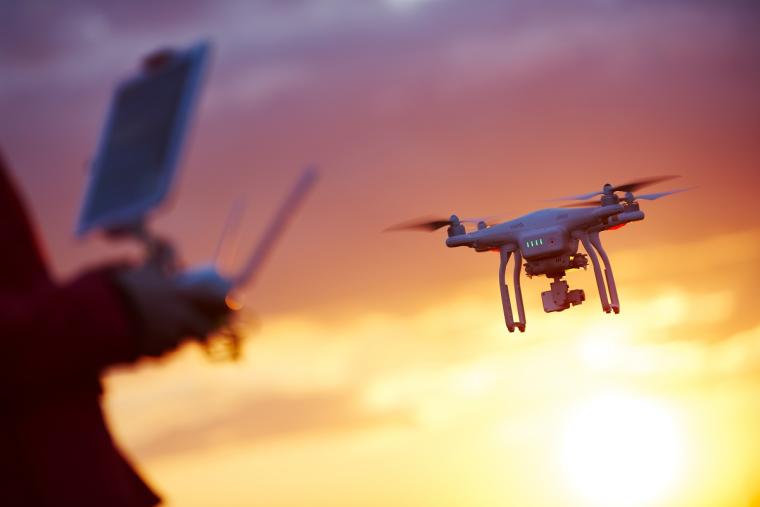
As of October 2022, 1.1 million recreational drones are registered with the Federal Aviation Administration. While many drones are accounted for, countless fly under the radar, and
Drones are incredibly accessible to the public, but because unmanned aerial vehicles (UAVs) are not always flown by hobbyists or people with good intentions, sporting facilities and other large event venues are often forced to take their attention from the players on the field and the fans in the stands and turn their concerns to the skies. Not only have rogue drones caused delays in games, but they have the
Security concerns
Last football season, the NFL recorded around 1,400 incidents of UAVs flying near stadiums during flight restrictions related to ongoing games. Drones have also been a menace for MLB, among other professional and college sports. Not only can a drone-related disruption be costly, but even more significant are the
Our government has addressed the matter through bills and acts that are aimed at providing the Department of Homeland Security (DHS), Department of Justice (DOJ)
A major gap in the current drone security framework is the absence of drone tracking resources for state and local law enforcement officials – as of January 2023, only federal law enforcement agencies have the authority to interfere with drones in the air. This elevates the threat landscape when situations arise, and stadium managers are unable to prescribe a course of action for law enforcement, such as
 Adding a comprehensive tool for venue managers
Adding a comprehensive tool for venue managers
While managers at sporting facilities are doing their best to protect the people within the venue and the facility itself, drones present a number of roadblocks that even the most trained professionals can struggle to circumnavigate. Most current platforms that work to counter the risks of drones simply do not do enough to help solve the issue – identifying that a drone is approaching and flying in your airspace is not enough.
Comprehensive airspace awareness has become a necessity, but it must be done with technology that provides venues the tools they need to track where drones originate, locate the operator’s whereabouts, and stop future threats before they commence – with real-time drone data and analytics. To confidently secure large facilities, venues, and stadiums, management should implement cloud-based
Tools that take on the burden
Monitoring the airspace directly above a facility is no longer adequate in protecting fans, staff, and athletes who face potential threats from perpetually advancing drones. Additionally, stadium managers should not have to burden themselves with
Cloud-based software with the ability to track a drone’s historical flight pattern is the
This means facility managers and officials can see the flight path of a drone,
For stadium managers, cloud-based
Proactive detection and neutralization
Stadium and venue managers do the best they can to protect their facilities and the people within them but achieving comprehensive protection from the risks associated with drones is a complex hurdle. A cloud-based drone tracking system is the most effective approach to ensuring the safety of everyone while not burdening management with another piece of security hardware that requires intensive oversight and a large investment. The ability to detect and neutralize drones when needed is now a must, and this type of solution will secure the safety of everyone in and near stadiums during an event.

